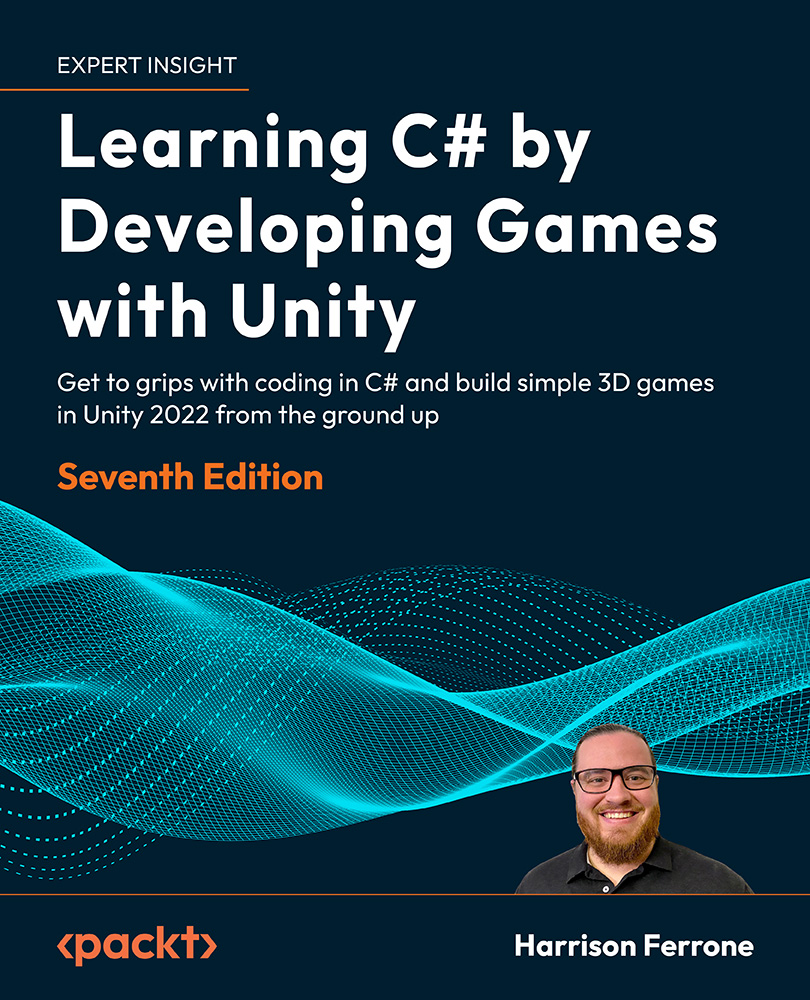Declaring structs
Structs are similar to classes in that they are also blueprints for objects you want to create in your programs. The main difference is that they are value types, meaning they are passed by value instead of reference, like classes are. When structs are assigned or passed to another variable, a new copy of the struct is created, so the original isn't referenced at all. We'll go into this in more detail in the next section. First, we need to understand how structs work and the specific rules that apply when creating them.
Structs are declared in the same way as classes, and can hold fields, methods, and constructors:
accessModifier struct UniqueName
{
Variables
Constructors
Methods
}Like classes, any variables and methods belong exclusively to the struct and are accessed by its unique name.
However, structs have a few limitations:
- Variables cannot be initialized with values inside the struct declaration unless they're marked with the
static...


























































